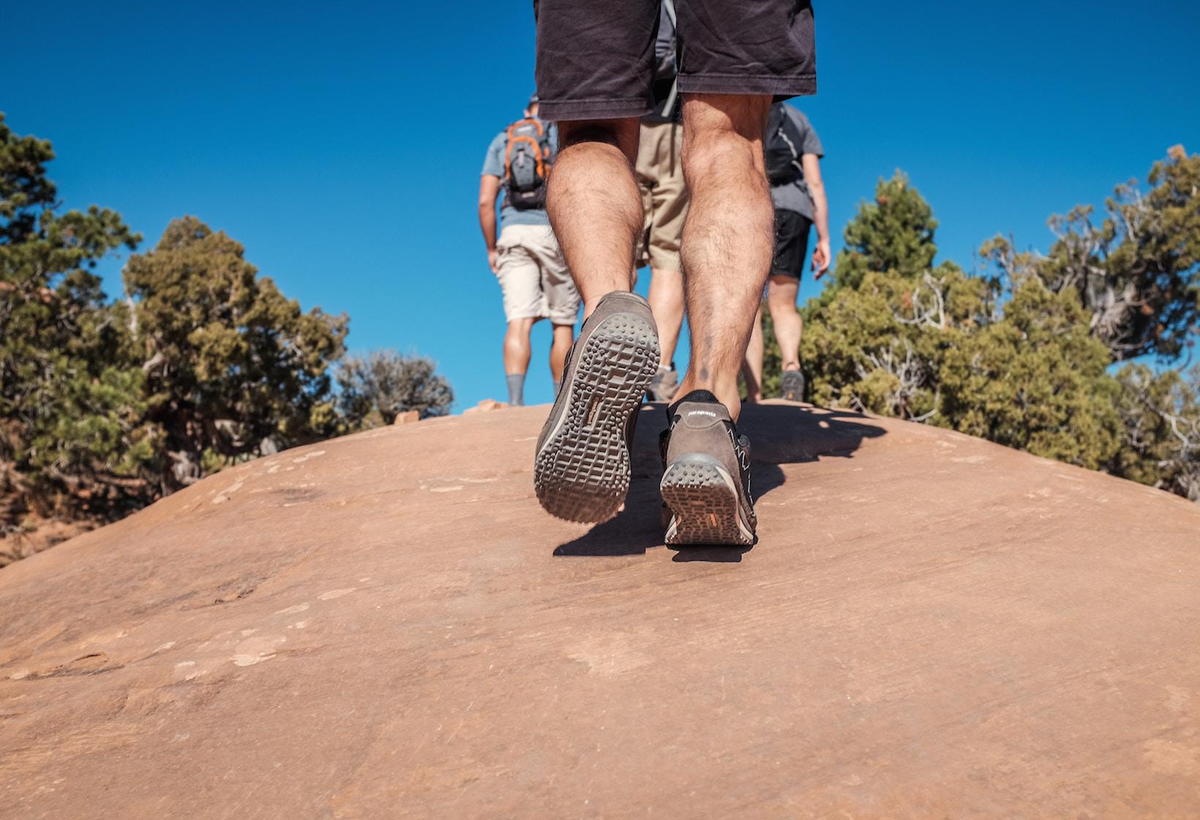- posted: Oct. 11, 2018
How To Pick The Best Shoes
It’s easy to purchase footwear for the wrong reasons these days, and that can be one of the worst things you can do for you health. Unfortunately, feet heal relatively slowly as a result of our constant need to use them (try to ‘rest’ your feet like you would a sore shoulder). Damage to your feet could be something like a blister from excessive friction, a sprained ankle if things go wrong when wearing a shoe not ideal for the situation, or even a muscle or tendon issue if your footwear is especially wrong for your activity. Once this has happened, things can be very tough to heal, since being limited by a foot injury can be debilitating in many ways and can significantly impact your life and health as a result.
Decades of research into footwear and a highly competitive marketplace have done little to really drive things forward in terms of wholesale injury reduction. This is probably because footwear requirements are so individual and unique to the activity. To navigate your specific footwear choices, adopt the “Four F’s” technique.
1. Fit
This is a crucial step and a completely non-negotiable factor. But fit is not just about a number that someone arbitrarily assigns a shoe (even if it is the more accurate E.U. sizing). It’s about a three-dimensional object (your foot) fitting into another three-dimensional object which has some ability to be adjusted. The key point here is to consider the shape of the footwear beyond its length, which is in itself reductionist. In other words, you need to consider what shape the shoe, is or rather where its longest point is and how this compares to your foot. You should ensure there are no pressure spots or areas where the shoe is particularly tight. At the same time, you need to make sure it’s not too loose, and that you’re not having to tighten the shoe excessively to prevent yourself from sliding around in it.
2. Feel
Despite the best efforts of many companies and a small mountain of research, it still seems your body knows best. That is, the more comfortable a shoe feels, the less likely you are to become injured, according to a number of studies. The caveat here is that this is activity-specific. For example, your comfortable work shoes are probably not great to run in unless you sell running shoes for a living.
3. Function
What is it you need the shoes for?
The biggest dichotomy is probably running/walking and general fitness activities. The latter of the two requires a more globally stable shoe in terms of its construction, in that it will generally be lower to the ground and have fewer features aimed at running (think cushioning and motion control). The former will likely have some of these features and be geared largely toward movement in a forward direction rather than facilitation of lateral movement.
The bottom line is that you probably need more than one pair of shoes for your fitness activities — good news for sneakerheads, not so good news for the budget-conscious. Interestingly, the only other factor research points to as protective for injury in runners is using multiple shoes to avoid what is known as “monotony.”
4. Fashion
In the past I have asked people to ignore this aspect of footwear when making choices. But I have softened a bit and here is why. The power of suggestibility is real (there is some cool research showing people feel more comfortable in the more colorful of two pairs of the same shoes) and if you like the footwear more, you are probably more likely to wear them and do some exercise.
So, choose your footwear based predominantly on comfort (with fit being a crucial aspect of that) and with function as the initial criteria to narrow down your options. Then, when all other things are equal, look in the mirror. And don’t forget to spend some time barefoot in the world; your feet and body will thank you. The happier your feet, the happier you will be, and the more you will enjoy movement.

